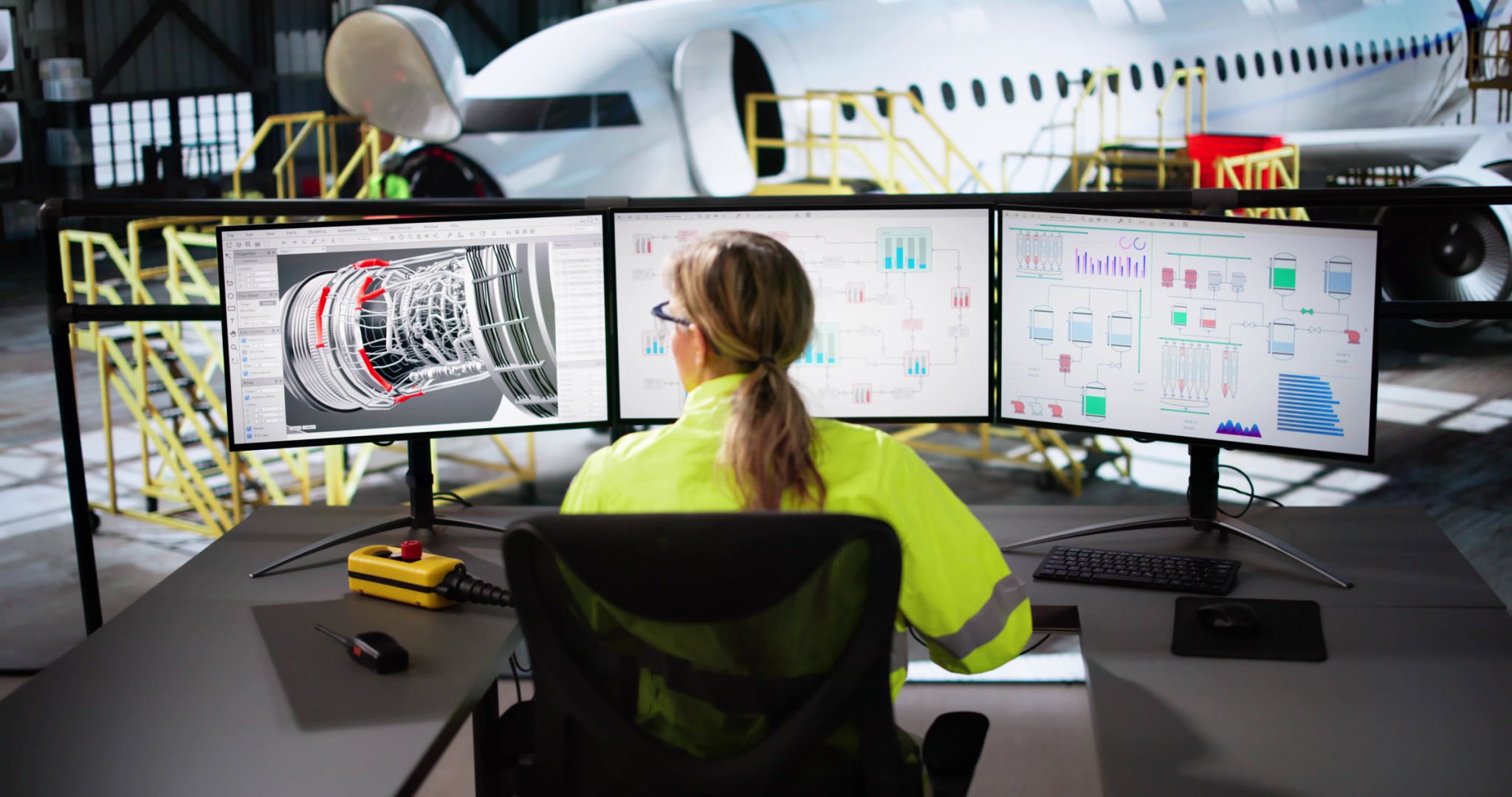Understanding FAA Regulations: How They Affect Aviation Technology in California
Introduction to FAA Regulations
The Federal Aviation Administration (FAA) plays a crucial role in shaping the landscape of aviation in the United States, particularly in technology-advanced regions like California. Understanding these regulations is essential for anyone involved in the aviation industry, from manufacturers to pilots.
FAA regulations are designed to ensure safety, efficiency, and technological innovation in aviation. These rules affect a wide range of activities, including the development of new technologies, aircraft manufacturing, and operational protocols.

Impact on Aviation Technology Development
In California, a hub for technological innovation, FAA regulations significantly influence the development of aviation technology. Companies working on cutting-edge projects must navigate a complex regulatory environment to bring their innovations to market.
The FAA's certification process is rigorous. It ensures that new technologies meet strict safety standards before they can be implemented. This process can be lengthy, but it is crucial for maintaining the high safety standards expected in aviation.
The Role of Research and Development
Research and development (R&D) is a critical component in the advancement of aviation technology. California's tech industry heavily invests in R&D to stay ahead of the curve. However, developers must be aware of FAA regulations that may impact their projects.

Regulatory Challenges and Opportunities
While FAA regulations can present challenges, they also offer opportunities for technological advancement. By complying with these regulations, companies can innovate within a framework that prioritizes safety and reliability.
Some regulations might initially seem restrictive, but they often lead to more robust and dependable technology. This ensures that when new technologies are introduced, they are safe for widespread use.
Collaborations and Partnerships
To effectively navigate FAA regulations, many companies engage in collaborations and partnerships. Working with industry experts and regulatory bodies can provide valuable insights and streamline the approval process for new technologies.

Looking Ahead: The Future of Aviation Technology
The future of aviation technology in California looks promising, with numerous advancements on the horizon. The ongoing evolution of FAA regulations will continue to shape how these technologies develop and are implemented.
As more companies enter the aviation technology space, understanding and adapting to FAA regulations will be paramount. Those who can effectively navigate these rules will likely lead the way in innovation.
Conclusion
Understanding FAA regulations is vital for anyone involved in the aviation industry in California. These regulations not only ensure safety but also drive innovation by setting high standards for technological development. By staying informed and compliant, companies can contribute to a safer and more advanced future in aviation.
